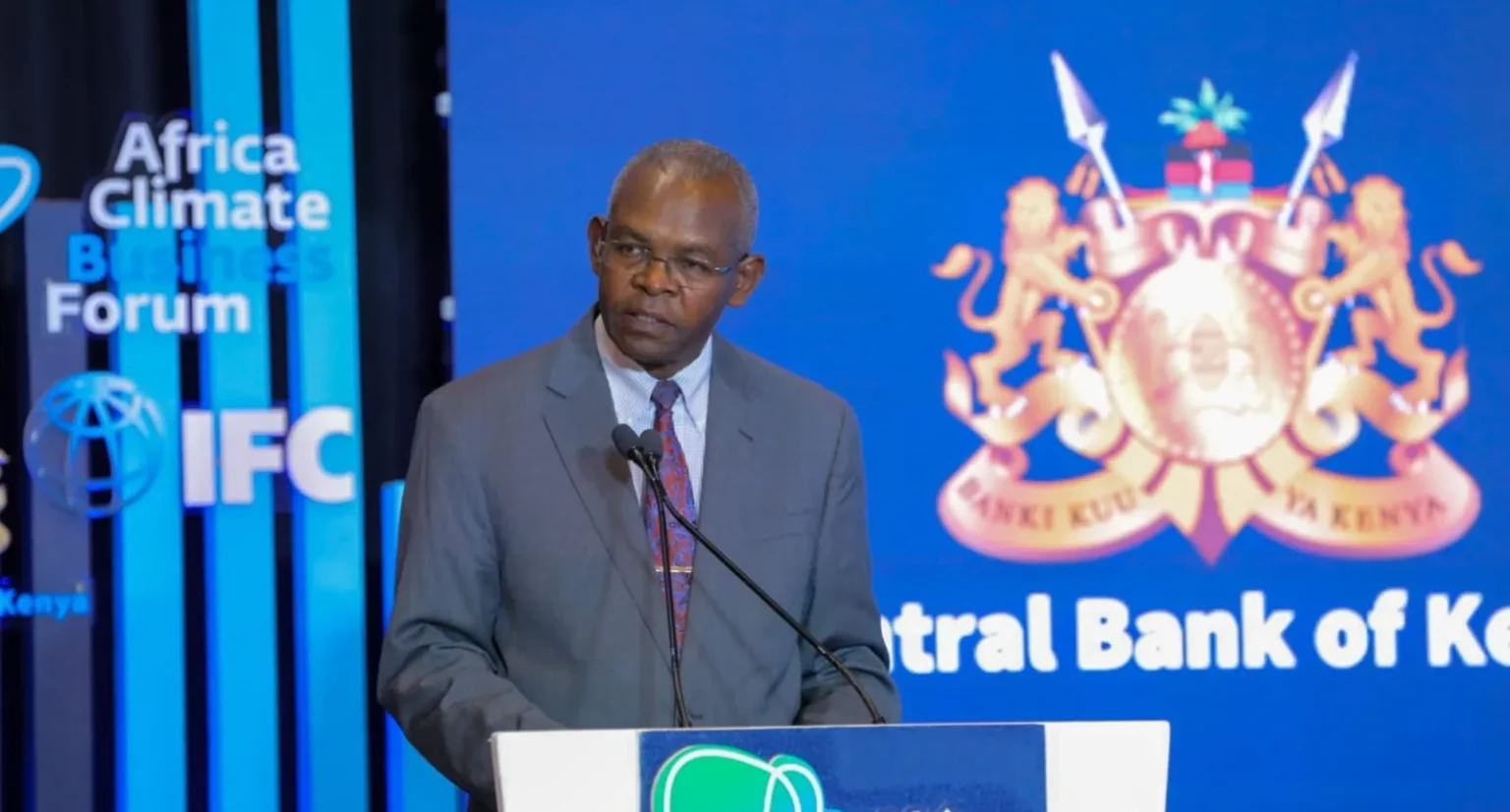The Central Bank of Kenya (CBK) has increased penalties for banks that fail to comply with regulatory guidelines, raising the maximum fine from Ksh2 million to Ksh20 million.
This move follows the enactment of the Business Laws Amendment Act and comes amid concerns over banks’ reluctance to lower lending rates despite recent monetary policy easing measures.
The Act was enacted into law on 11 December 2024 and became effective on 27 December 2024.
This legislation aims to strengthen oversight and ensure fair market practices within the financial sector.
Addressing Concerns Over High Interest Rates
During the first Monetary Policy Committee (MPC) meeting of the year, Governor Kamau Thugge expressed concern over some banks continuing to charge high interest rates on loans despite the CBK’s recent successive rate cuts.
“The Committee observed that the CBR has been lowered substantially since the MPC Meeting of August 2024, yet lending rates have only declined marginally. With these measures, banks are expected to take the necessary steps to lower their lending rates further, to stimulate growth in credit to the private sector, and support economic activity,” noted Thugge.
To address this issue, the CBK has initiated on-site inspections of five banks to assess their compliance with regulatory guidelines. These inspections are expected to be completed within the next two weeks.
“We have started with the onsite inspection; we have staff now working on five banks. That should be completed within the next two weeks. So far, nobody has been fined yet. We have to wait and see the results,” Thugge said.
Previous Warnings and Actions
Governor Thugge previously warned banks about the consequences of maintaining high lending rates, emphasizing their negative impact on economic growth.
He has held meetings with bank representatives to urge them to lower lending rates in line with the CBK’s recent monetary policy easing.
Recent Monetary Policy Decisions
The CBK lowered the base lending rate by 50 basis points to 10.75%, marking the fourth consecutive rate cut.
This decision was driven by several factors, including a decline in inflation, a stable Kenyan shilling, and favourable monetary and fiscal policies.



